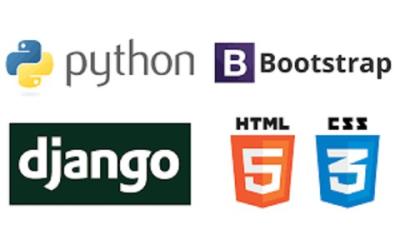Description
Python is the most popular programming language of the world – it’s versatile, easy to learn and very powerful!
We already got a Python course which you can take if you want to learn Python.
But one of the primary things you can build with Python is a website! You can use Python for web development.
And to make that easier, you would typically use a framework like Django – simply because that allows you to focus on your core business logic and you don’t need to re-invent the wheel and implement all the nitty-gritty technical details from scratch.
And this course is about Django – the most popular Python web development framework out there!
Django covers all aspects of web development – from handling requests and responses, over rendering dynamic HTML pages with templates, all the way up to making database access and data management easy. It’s all baked in and it’s all covered in great detail in this course!
This course teaches Django from the ground up – you don’t need to know anything about it to get started. Basic Python and web development knowledge is all you need.
We’ll start at the absolute basics and understand how to create Django project, how to run them and how to add features – step by step.
In detail, this course covers:
- Installing Django
- Creating and understanding Django projects
- Understanding URLs, views, requests and responses
- Working with templates and static files like CSS and images
- Working with data and models
- Connecting data with relationships (one-to-many, one-to-one, many-to-many)
- Querying data with Django’s powerful model solution
- Adding administration panels to your projects
- Handling user input with forms – manually and with Django’s built-in form support
- Advanced features like class-based views (and when to use them)
- Dealing with file uploads and how to serve uploaded files
- Working with sessions
- In-depth deployment instructions and examples
- Different ways of deploying and serving static files and user uploads
- And much more!

